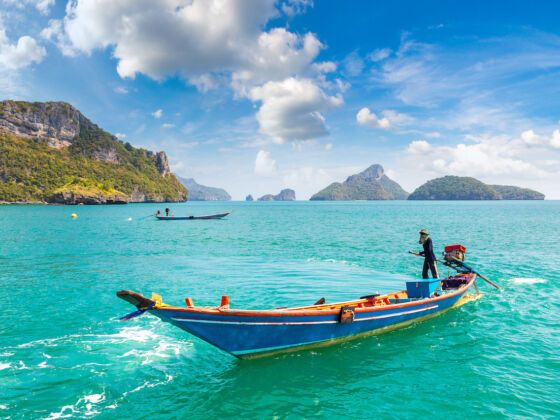I’D JUST RETURNED to the boat with my two Argentinian students – both grinning ear to ear and eyes set wide with the exhilaration of those experiencing scuba diving for the first time.
“It was more beautiful than I ever imagined!” One of them said, merely seconds after surfacing. “That field of coral right beneath us, the light blue looked like a field of wildflowers!”
